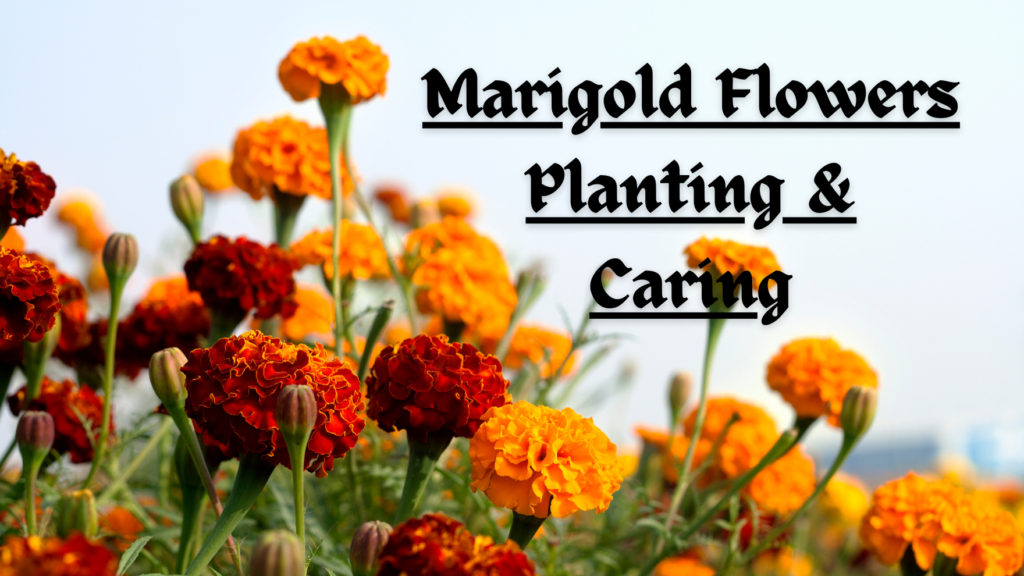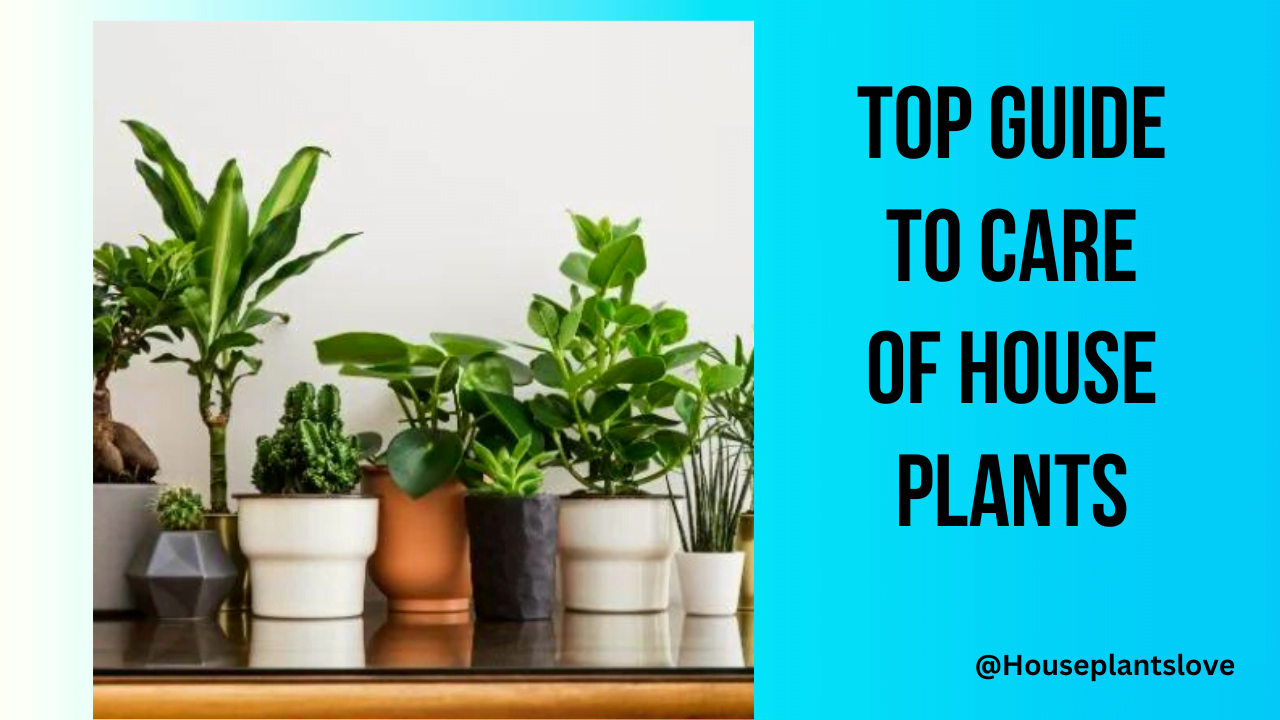How to Plant and Grow and care Marigold Flowers, Description, Species, Uses, & Facts, color, seed, family, classification
Marigolds, with their cheerful blooms and easy-to-grow nature, are a favorite among gardeners. These colorful annual flowers not only brighten up your garden but also serve various practical purposes, making them a must-have for any gardening enthusiast. In this article, we will explore the basics of marigolds, from the different types to growing seasons, and provide essential care tips for successful marigold care.

You can also read about Houseplants for Bathrooms with No Window
Marigold Flowers Planting & Caring Guide
Marigold scientific name – Tagetes
Zones – Marigolds are known for their adaptability and can be grown as annuals in all gardening zones. Whether you’re a gardener in a temperate or tropical climate, marigolds can add their radiant charm to your outdoor space.
Height/Spread– Marigolds offer a range of sizes to fit your gardening needs. Varieties can range from compact 6-inch plants to towering giants that reach up to 4 feet in height. Their spreads can vary from 6 inches to 2 feet wide, depending on the specific type. See the ‘Types’ section for more detailed information on sizes.
Exposure– For the best performance, marigolds prefer full sun. They thrive when bathed in sunlight for at least 6-8 hours a day, although they can tolerate a bit of shade, especially during scorching afternoon hours.
Bloom Time– Marigolds reward you with their cheerful blooms from late spring until the first frost arrives. Their extended flowering period ensures your garden remains vibrant for most of the growing season.
Color– Marigolds offer a dazzling array of colors, primarily in shades of orange and yellow. Some varieties even come with hints of red, gold, copper, or brass, adding depth and complexity to their visual appeal.
Types of Marigold Flowers
While there are approximately 50 species of marigolds, three stand out as the most common:
- Tagetes patula (French Marigold): These compact annuals are frequently found in local nurseries. They typically reach heights of 6 to 12 inches and have a width of 6 to 9 inches. French marigolds boast double flowerheads, each up to 2 inches across. They produce smaller, but equally eye-catching flowers. French marigolds are excellent for edging, bordering, and container gardening.
- Tagetes erecta (African Marigold): African marigolds are known for their striking, large, and vibrant flowers. African marigolds are the tallest in the marigold family, with heights ranging from 1 to 4 feet and spreads of 1 to 2 feet. Their large, densely double flowerheads can reach up to 5 inches in diameter, resembling charming pompons. These marigolds are often used in floral arrangements due to their impressive blooms and long-lasting quality.
- Tagetes tenuifolia (Signet Marigold): These upright annuals grow to a height and width of approximately 12 inches. Their single flowerheads are typically 1 inch in size, and their blossoms are edible, often used as colorful garnishes for salads, pasta, and vegetables.
It’s important to note that while calendula, also known as pot marigold, shares a similar name, it’s not related to the common yellow and orange marigolds. Calendula is an herb grown primarily for medicinal purposes. Additionally, Mexican tarragon (Tagetes lucida) and Mexican marigold (T. lemmonii) are related but serve different purposes, with the former valued for culinary and medicinal uses and the latter as an evergreen shrub.
Marigolds Flower Planting Tip
When to Plant Marigold Flowers?
The timing for planting marigolds is crucial for their successful growth. As mentioned earlier, marigolds prefer warm weather, so it’s essential to consider your local climate and frost dates. In most regions, marigolds can be grown directly into the ground or transplanted after the last frost date. However, you can also start marigold seeds indoors 6-8 weeks before the last expected frost to get a head start on the growing season.
For taller African marigold varieties (Tagetes erecta), it’s best to plant them in early spring after the threat of frost has passed. Starting these taller marigolds early allows them ample time to grow and flourish.
In contrast, French and Signet marigolds (T. patula and T. tenuifolia) can be planted from spring through mid-summer.
Where to Plant Marigold Flowers?
Marigolds are quite versatile when it comes to planting locations. Marigolds are most content in full sun, but they can tolerate some shade, particularly during intense heat. T. erecta varieties should be placed in areas shielded from strong winds and heavy rainfall. These taller varieties may benefit from light staking for additional support. Whether you plant them in your garden beds, containers, or even interspersed among your vegetables, marigolds will add a burst of color and deter common garden pests.
How to Plant Marigold Flowers?
- Marigolds are rapid growers, germinating within days and blooming in as little as 8 weeks.
- Sow marigold seeds directly into the soil after the last frost has passed and the soil has warmed up.
- Plant the seeds about 1 inch apart and water thoroughly after planting or you can read Tips for Maximum Germination of Seeds
- Once the seedlings sprout separate them: French or Signet varieties should be spaced 8 to 10 inches apart, while African varieties require 10 to 12 inches between plants.
- To separate seedlings, use landscape scissors or small garden shears to avoid disrupting the roots of those that remain.
- Starting marigold seeds indoors is often not needed due to their quick germination. Transplant seedlings when they reach a height of 2 inches.
- For nursery-purchased marigolds, prepare the soil by loosening it to a depth of 6 inches, create a planting hole slightly larger than the rootball, backfill with soil, press it firmly, and water thoroughly.
- Enhance soil moisture retention and discourage weed growth by adding a 1 to 2-inch layer of mulch around the plants.
Note: Marigolds in containers may become crowded, so ensure appropriate spacing to allow them to thrive.
Marigold Flower Care Tips
Pruning– Pruning is an essential part of marigold care. Deadheading, or removing dead flowers, enhances the plant’s appearance and encourages prolonged blooming throughout the season. To promote bushier growth, pinch young plants by removing new growth at the top of the plant, as close as possible to the next leaf nodes on the stem.
Soil– While marigolds aren’t overly picky about their soil, they thrive in moderately fertile, well-drained soil. In areas with clay soil or poor drainage, their performance may be compromised.
Amendments & Fertilizer– When transplanting marigolds, an optional 5-10-5 bag of fertilizer can be added. However, marigolds grown in the ground typically do not require additional fertilization. In fact, excessive fertilizer during the growth phase can lead to increased foliage growth at the expense of flower production. Marigolds in containers can benefit from occasional watering with a diluted liquid fertilizer.
Watering– It’s best to water marigolds at the base of the plant rather than overhead. The densely double flowerheads are prone to rot with excess moisture. Allow the soil to dry somewhat between waterings, but be sure to water consistently during periods of high heat or dry weather. Marigolds in containers may require daily watering as containers tend to dry out quickly.
Propagation from seeds or flowers- To save marigold seeds, allow the flowerheads to dry on the plant. Once fully dried, remove the petals and shake out the seeds. While not all flowerheads will produce seeds, most should. Keep in mind that hybrids will not yield true offspring from saved seeds.
Diseases and Pests– Marigolds can be susceptible to various issues, including gray mold, bacterial leaf spots, powdery mildew, and root rot. Pests such as leaf miners or spider mites may also pose a threat. Interestingly, marigolds also function as natural insect repellents, deterring several types of pests. According to the New York Botanical Garden, marigolds can help fend off mosquitoes, aphids, thrips, whiteflies, and Mexican beans.
You can also read about Best houseplants to remove mold, mildew, and condensation
Marigold Uses:
Marigolds have many uses, including:
- Ornamental flowers: Marigolds are popular ornamental flowers that can be used in beds, borders, and containers. You can also read about Winter Flowering Plants for Bedding
- Cut flowers: Marigolds make long-lasting cut flowers.
- Culinary herb: Marigold flowers and leaves can be eaten fresh or dried. They have a slightly bitter, citrusy flavor.
- Companion plant: Marigolds are known to repel pests and nematodes. You can also read about How to Get Rid of House Plant Flies




